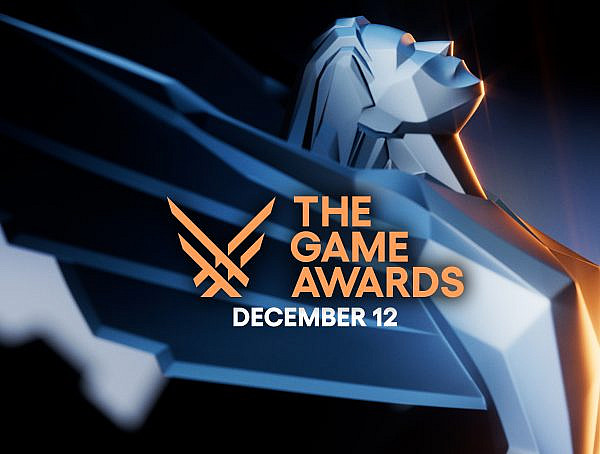In her article: “The Child in Games: Representations of Children in Video Games (2009-2019)”, Emma Reay analyses the portrayal of children in a vast collection of 506 popular games from the year 2009 to 2019 by content analysis. The focus is on five different factors: How many games feature child characters, are they relevant to the game, and if they are significant, what are their ethnicity, sexuality, and age. The effects of the genre and release year were also recorded. Representation in games is a well-studied context but focuses on age, and therefore, the angle of childhood studies is limited. Reay wants to open this discussion by doing an introductory examination of this new context.
Only 176 games from 506 include kid characters. Regarding relevancy, 19% of analyzed titles feature children as major characters, while approximately 50% of them are player controllable. The most popular age for the children is six to 11 years old. From the perspective of gender and ethnicity, “- – White, male children…” exceed other groups. The most popular genres for child characters are action, role-playing, and adventure, while genres with fewer children are sports, strategy, rhythm, and sandbox (Rhythm and sandbox did not contain any child characters). However, the popularity of these characters has been stable in the ten-year window. Moreover, the age limit did not affect the appearance of child characters. As an example, games with “18+” feature more child characters than titles with “3+”. Reay summarizes by saying that when child characters are featured, they are in minor roles and stereotypical “- – In order to visually communicate game rules and efficiently elicit a specific set of affective responses in players.” Functions include building smooth introductions, justifying player violence, and showcasing the cruelty of the world through their dead.
The author discusses several reasons for the underrepresentation. To start, genres featuring serious grown-up jobs, like sports and war games, avoid child characters because children’s world is in the western context, separated from jobs. On the other hand, a possible reason for genres, such as fighting games, not featuring children is the fact that a kid does not communicate the idea of power these games usually involve. It is not the case with stealth games, which often have player controllable child characters, as they often feature weak characters. These are all cases of child characters being player controllable. While looking at computer controlled characters, the one reason for children being underrepresented is that child characters are guarded against activities like violence, which connects to the culture and society.
Reay defines the child as a character who seems to be zero to 14-year old. If the game or associated material did not mention the age, anatomical elements, such as audiovisual and social factors were considered. Indifference to other similar studies, inhuman characters are also included. To see, whether the children are featured, various online materials were looked at. After this, more online materials were looked for possible indications of child characters and to further clarify information. The characters were then organized into groups, including the player character, supporting character (NPC), protagonist (NPC), and set dressing (for instance, children living in areas of Dragon Age: Origins). In the cases where the characters were part of many categories, the most important character was looked at while looking at child characters’ appearance in games. The definition of a major character included the following categories: Being playable, having a name, and the appearance being important to the plot. The other child characters were incorporated in the analysis of ethnicity, sexuality, and age. These were established through various online sources in many ways.
The material of 506 games consisted of popular titles as they feature general perspectives rather than unique ones. The popularity was determined by Metacritic user score and economic data. Ten best-selling games from every year were selected, while the game with the highest yearly user score on Metacritic was chosen for every year from the four most successful platforms. The games that have won various awards from the analyzed years were also included. The duplicates were deleted. Finally, the release year and rating were marked, after which the organization was done based on the genre.
The author acknowledges the issues of the collection. The first issue is a focus on successful titles, which often removes games created for children. Moreover, focusing on popular games removes unique cases. The second issue is that the study has been conducted by a single person, which might, for example, reduce understanding of certain things.
Content analysis has been used many times in game studies to look at portrayal, although, as mentioned above, age has not been a popular research topic. These previous studies have been done with various focuses, ranging from looking at games of a single year to focusing on just a small number of titles or specific types. However, the results are similar. For instance, white men are showcased more while women fall for the background and are sexualized, although there are some exceptions.
Original article
Reay, E. (2021). The Child in Games: Representations of Children in Video Games (2009-2019). Game Studies, 21(1), Retrieved from http://gamestudies.org/2101/articles/reay
Header image: Episode 1 -Clementine soon grows attached to Lee protecting her. Sciere. https://www.mobygames.com/game/windows/walking-dead/screenshots/gameShotId,595008/
You might also like
More from Game Research Highlights
How do you want to do this? – A look into the therapeutic uses of role-playing games
Can playing RPGs contribute positively to your wellbeing? A recent study aims to find out how RPGs are being used …
Eldritch horrors and tentacles – Defining what “Lovecraftian” is in games
H.P. Lovecrafts legacy lives today in the shared world of Cthulhu Mythos and its iconic monsters. Prema Arasu defines the …
Are Souls Games the Contemporary Myths?
Dom Ford’s Approaching FromSoftware’s Souls Games as Myth reveals the Souls series as a modern mythology where gods fall, desires …















